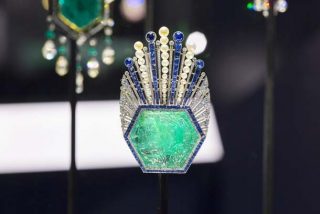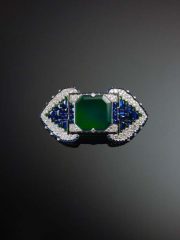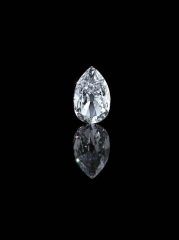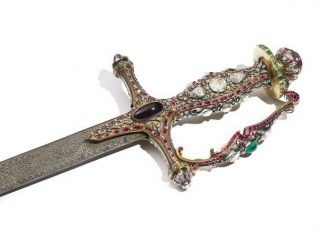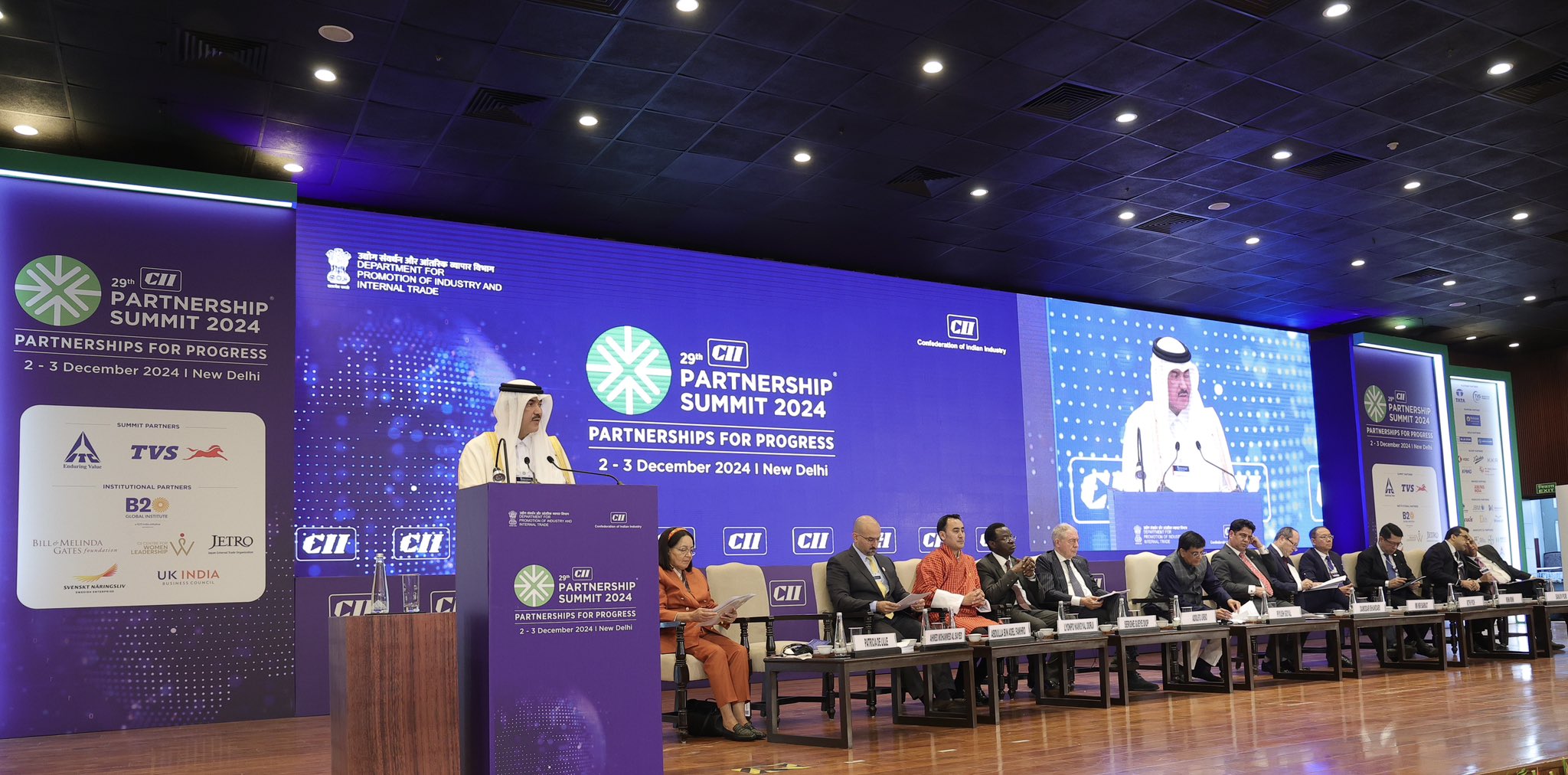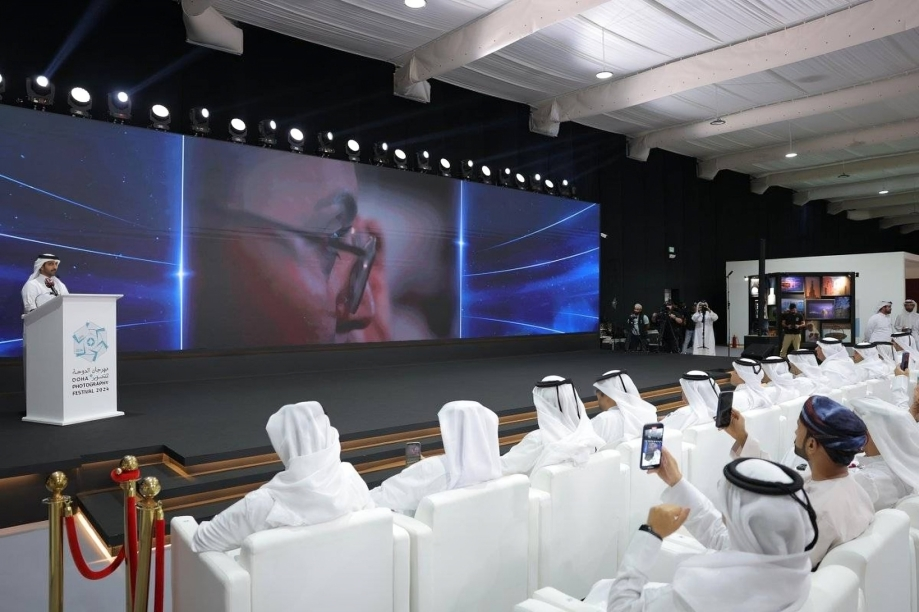
An early 20th century Cartier Art Deco brooch and a rare, jade-hilted dagger that belonged to the 17th century emperor who built the Taj Mahal are among the items in a Qatari’s private collection that have gone on display in one of London’s leading museums today.
The Victoria & Albert Museum’s Bejewelled Treasures: The Al Thani Collection exhibition charts 400 years of Indian jewelry, from the 17th century until the modern day.
The Kensington museum’s exhibition is almost exclusively from a collection owned by Sheikh Hamad bin Abdullah Al Thani, the CEO of QIPCO and chairman of Mannai Corporation.
Many of the items, which are being publicly shown for the first time in the UK, were also featured at New York’s Metropolitan Museum of Art late last year, during an exhibition titled Treasures from India: Jewels from the Al Thani collection.
A jade dagger, which belonged to Mughal emperor Jahangir and was made around 1610, is inset with rubies, emeralds and 24 carat gold and is described by the exhibition curator Susan Stronge as being “extremely rare,” according to The Guardian.
In an interview with Vanity Fair earlier this year, Al Thani described the dagger as being one of his favorite pieces in his collection.
Rebladed, it was later owned by emperor Shah Jahan, who built the Taj Mahal. Other prior owners have also included Samuel Morse, who invented Morse Code, Al Thani told the magazine.
Al Thani, first cousin to the current Emir and whose father Sheikh Abdullah bin Khalifa Al Thani was Qatar’s prime minister from 1996 until 2007, has become one of the world’s leading collectors of Indian objects, particularly from the Mughal emperor period.
His collecting began after visiting the museum’s Maharaja’s exhibition in 2009, and has since attracted international interest.
Referencing his collection, Al Thani said in a statement: “The jeweled arts of India have fascinated me from an early age and I have been fortunate to be able to assemble a meaningful collection that spans from the Mughal period to the present day.”
Launching the exhibition, the V&A described the Al Thani objects as being “notable for the quality and size of the precious stones, both unmounted and set in jewelry.”
Exhibition items
The exhibition, which runs until March 28, is part of the museum’s ongoing India festival. In addition to the Al Thani collection, it also includes three items from the Royal Collection, lent by Queen Elizabeth.

These include a jeweled bird from the gold canopy of Tipu Sultan’s throne, the “Timur Ruby” – which was neither owned by 14th century emperor Timur nor a ruby, but rather a red spinel.
The exhibition opens with the older, unmounted jewels, then takes visitors chronologically through the periods and includes pieces from more modern times, made with an Indian influence.
There are a number of jewels made by Cartier for the 1925 Paris Exposition Internationale des Arts Decoratifs et Industriels Modernes – the exhibition which subsequently gave rise to the term Art Deco.
There are also contemporary pieces made by JAR of Paris and Bhagat of Mumbai which combine Mughal inspiration and Art Deco influences, the V&A said.
Martin Roth, director of the V&A, said:
“This is a fascinating insight into a great private collection that includes extraordinary precious stones… the exquisite quality and craftmanship of many fine piece from and inspired by India complement the V&A’s own South Asia and jewelry collections.”
Qatari collectors
It is not yet know if the collection will be shown in Qatar. Al Thani is one of a number of prominent Qatari business and political leaders who have gained international acclaim for their art collections.
Qatar Museums’ Chairperson Sheikh Al Mayassa bint Hamad Al Thani is regularly named as one of the most powerful players in the global art world.

She has been linked to purchases of key art works, for public and private collection, and there are unconfirmed reports that she was connected with the acquisition of the $259 million Paul Cezanne’s The Card Players and around $310m for 11 Rothkos.
Another prolific art collector was Sheikh Saud bin Mohammad Al Thani, former Qatari culture minister, who died in London last year.
A decade ago, Sheikh Saud was considered one of the world’s biggest art buyers, reportedly spending more than $24 million in a single week at auction houses in London.
According to Artnet News, many of the former official’s purchases are now on display at museums around the country.
“His collection makes up the bulk of holdings in five existing and planned museums: the Museum of Islamic Art, the National Library, the Natural History Museum, a Photography Museum, and a museum for traditional textiles and clothing,” the site said at the time of his death.
However, he disappeared from public view in 2005 over allegations of misusing public funds in Qatar and was reportedly under house arrest for six years before being apparently cleared of all charges.
In 2012, he was sued by a coin dealer for unpaid debt, and auction house Sotheby’s also revealed that Sheikh Saud had pledged them the world’s most expensive watch to cover what he owed them.
Bejewelled Treasures is on at London’s Victoria & Albert Museum from Nov. 21 til March 28. Admission is GBP10, advance booking is advised and can be done in person at the museum or online through the V&A’s website here.
Thoughts?


